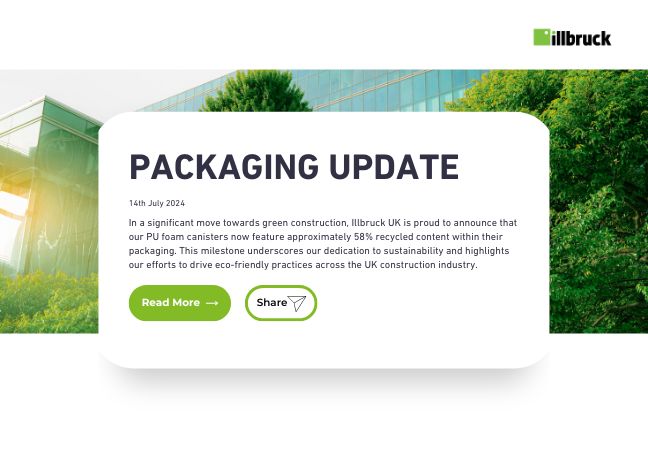Air & Vapour Control Layers - The What, The Why & The When
When condensation occurs within a building’s structure, it may cause significant issues that prove costly to rectify. Air and Vapour Control Membranes (AVCL, Vapour Control Layers, VCLs) play a crucial role in limiting the passage of moisture and air into the fabric of a building – ensuring the wellbeing of the occupants and providing longevity to the structure. They also provide an important airtight layer within the construction element to eliminate heat loss through the building’s fabric.
What is an AVCL and why are they needed?
An AVCL is an air and vapour tight membrane which is installed to the interior of a building on the warm side of the insulation layer, especially in framed constructions. When correctly specified and positioned they are designed to control the amount of moisture which can pass through into a building’s fabric.
AVCL’s are installed to ensure that the occurrence of surface and interstitial condensation is controlled and minimalised within the building’s fabric. By fitting an AVCL with properly sealed joints and interfaces, this helps to ensure that damp or mould will not occur in a property.
When should you install an AVCL?
The moisture risks for any building should be considered for any construction type taking a whole building approach. The strategy for moisture management can be prescriptive or modelled using suitable software such as WU-Fi. This information, alongside consideration of ventilation needs, is then used to determine the requirement for and the positioning of any membranes within the wall construction including an AVCL.
New buildings – more modern construction types such as timber or lightweight steel framed buildings are particularly sensitive to moisture movement and typically require the use of an AVCL to achieve the required airtightness and to control moisture movement.
For existing builds, certain installations and modifications to existing properties may require a VCL. For example, if you are introducing insulated stud walls, a VCL may be required. The installation of a VCL ensures existing housing stock remains in a liveable condition for longer and assists in making buildings more carbon neutral.
What is a Sd value and why is it so important to an air and vapour control layer?
An Sd value is a measure of the materials ability to let moisture vapour pass through expressed as an equivalent air layer thickness and is measured in metres. The higher the Sd value, the higher the vapour resistance of the material.
The type and properties of an AVCL must be carefully matched to the design,, location, use and occupancy of the building in which it is being installed. A poorly selected VCL will not fulfil its tasks and will negatively impact the buildings performance.











